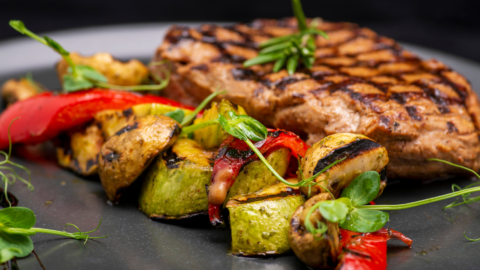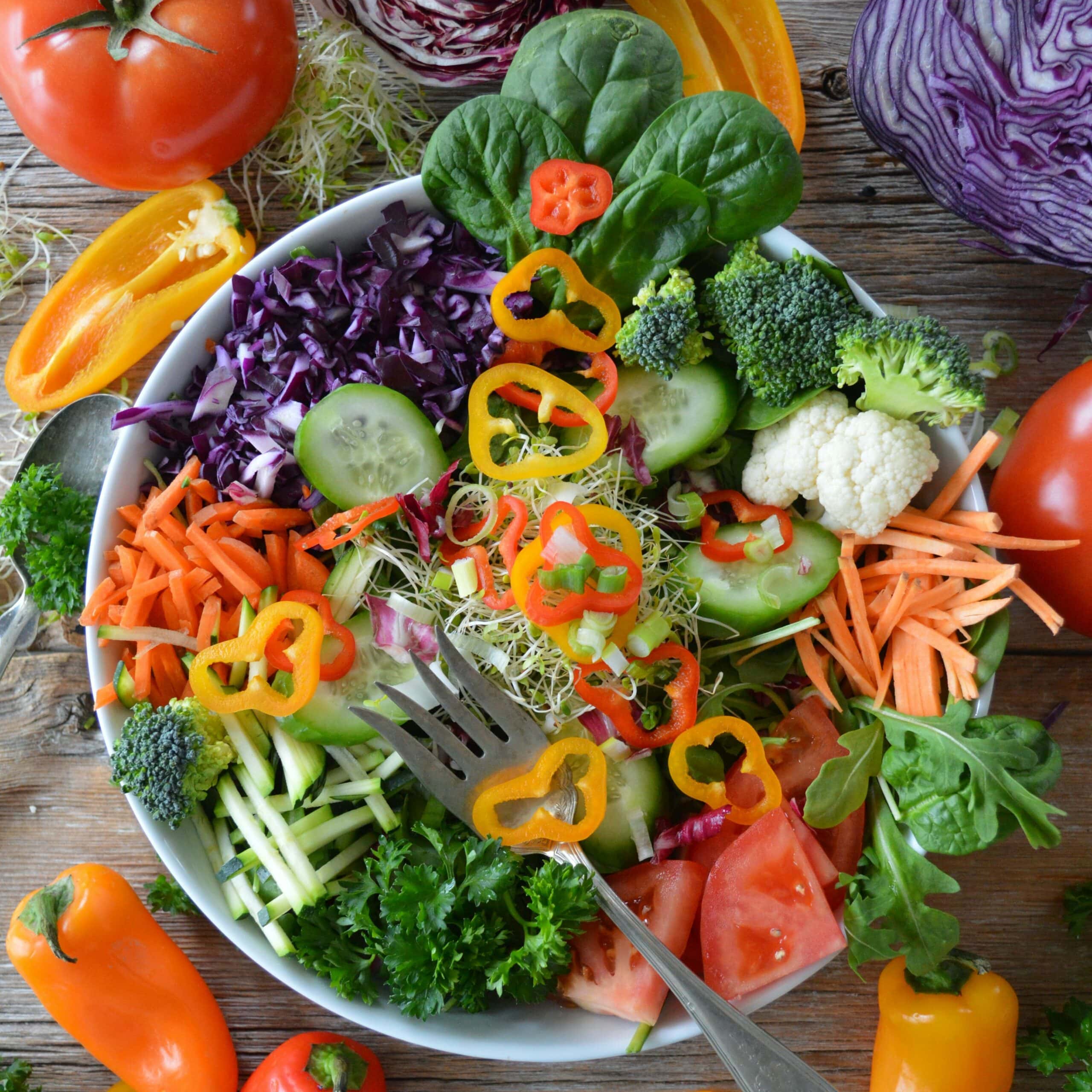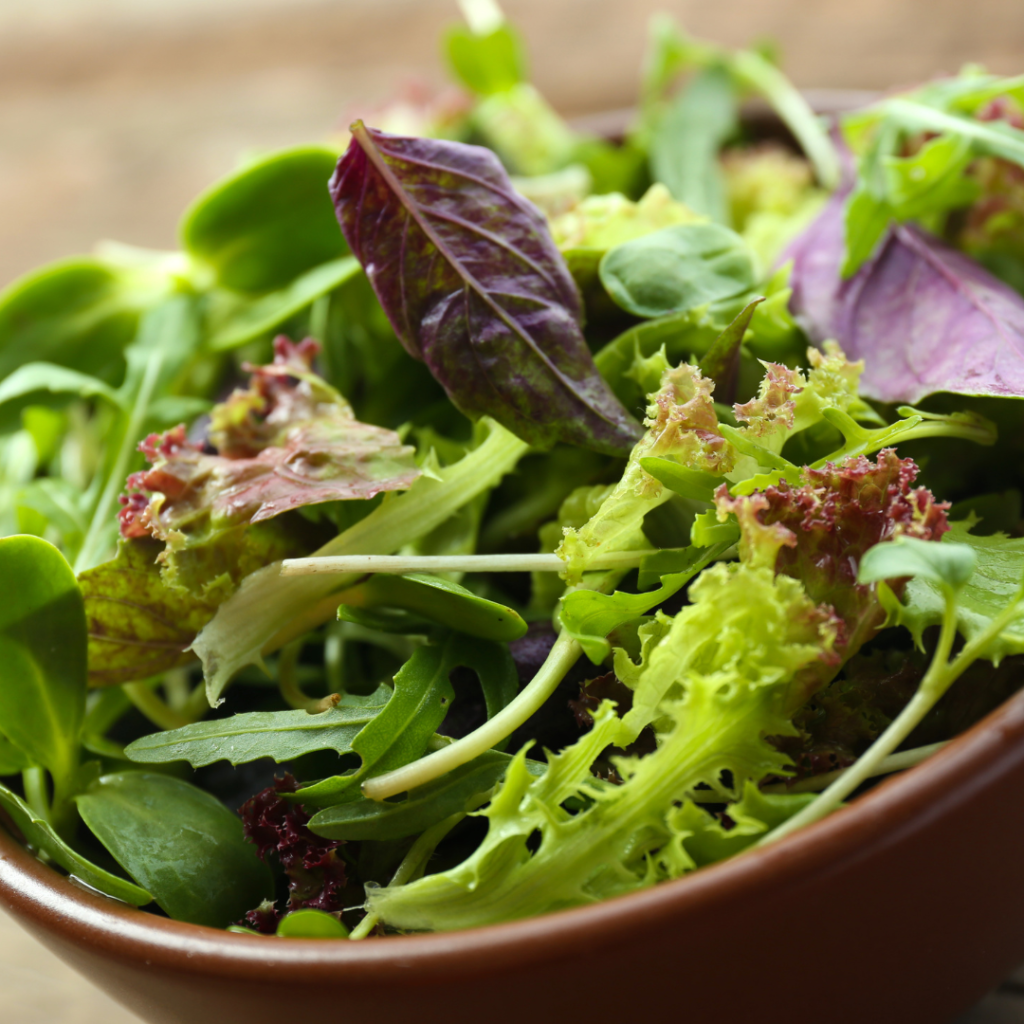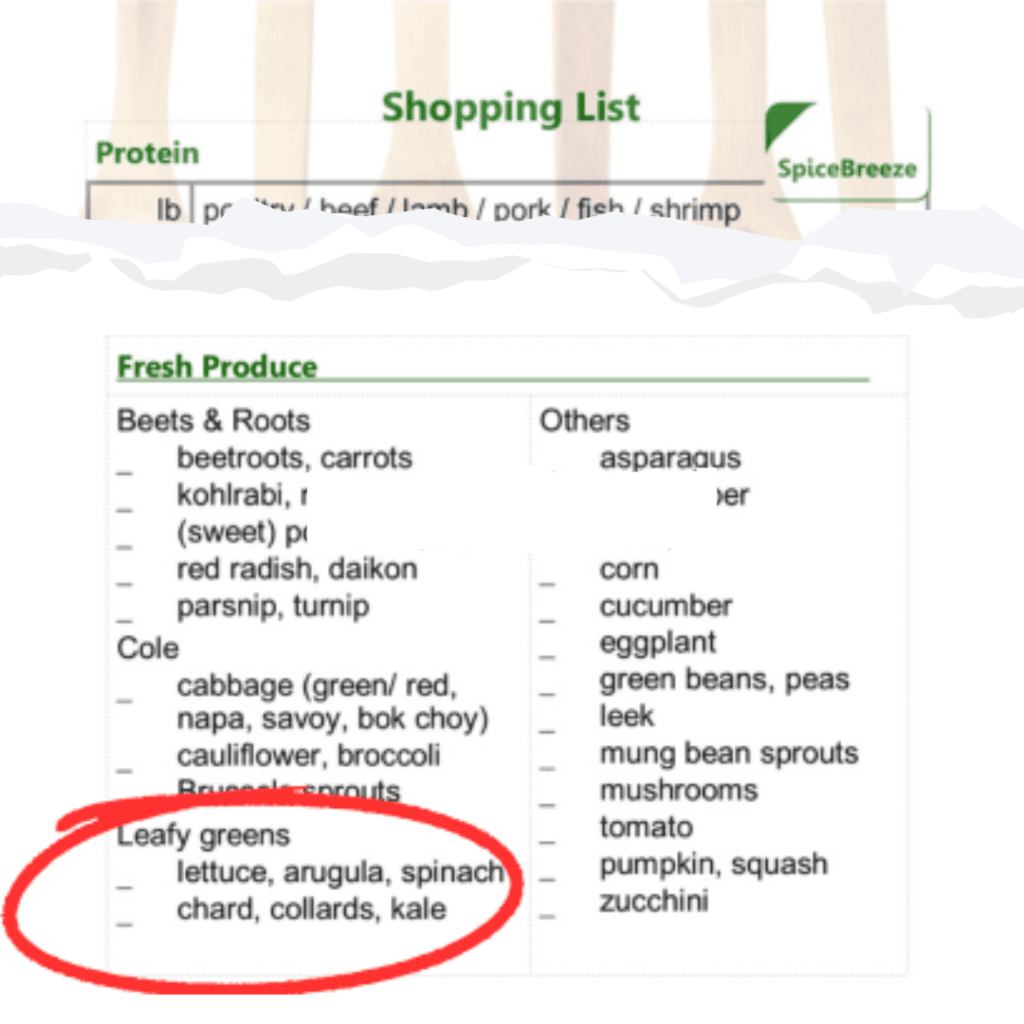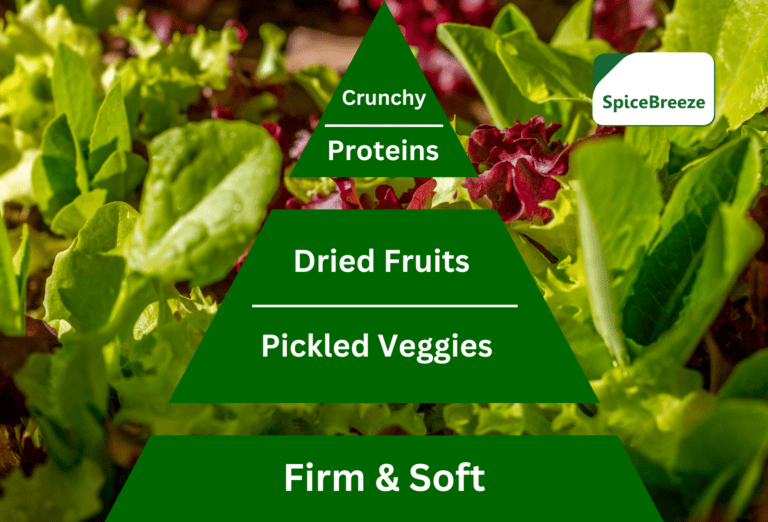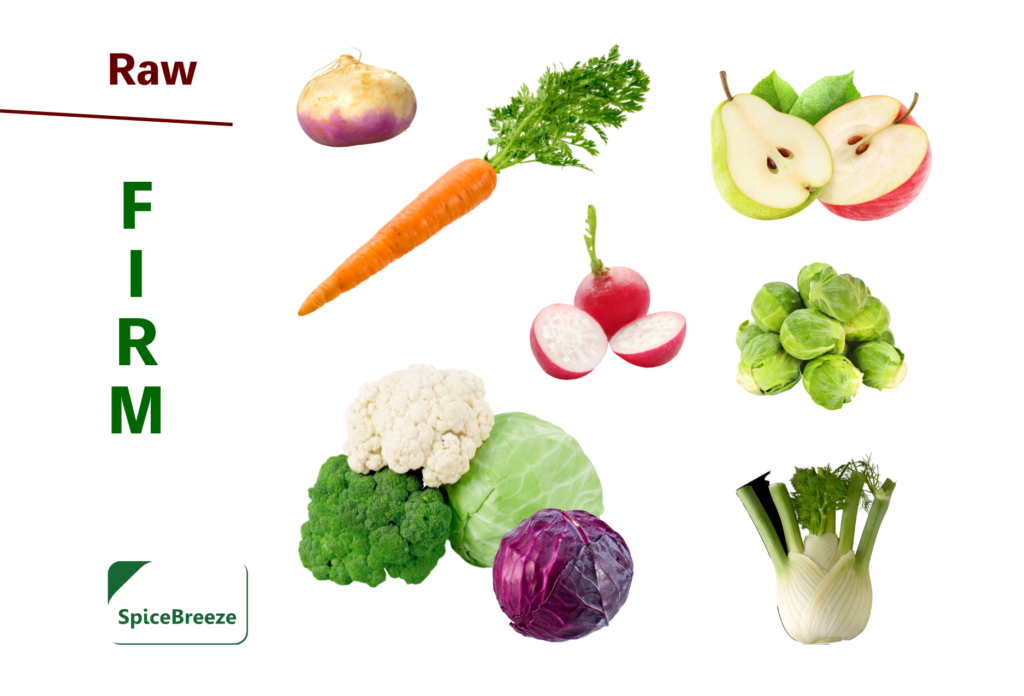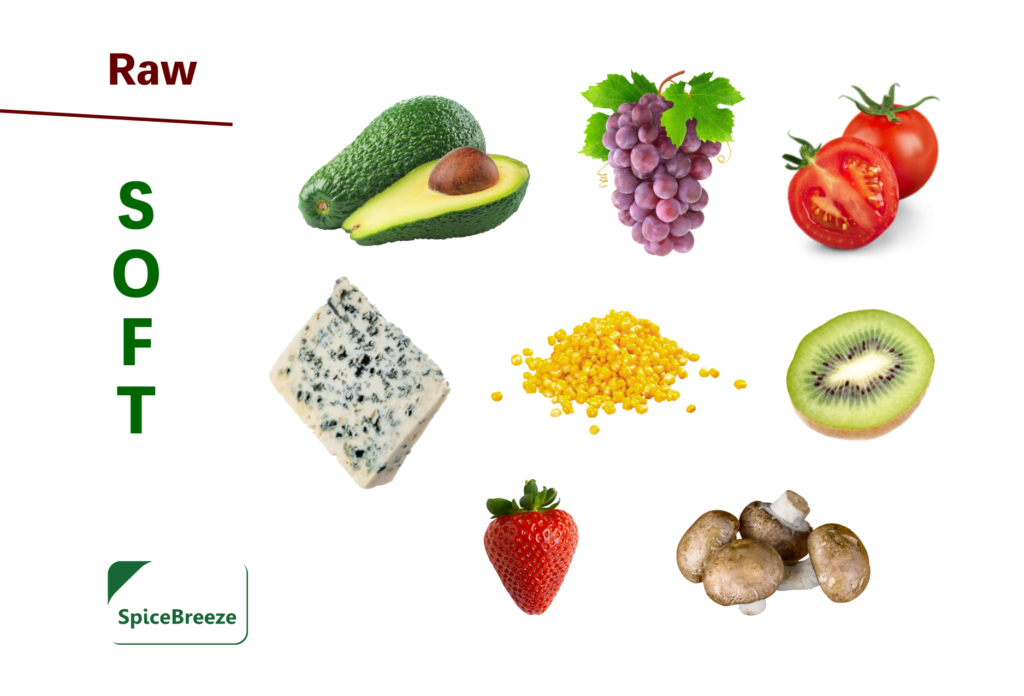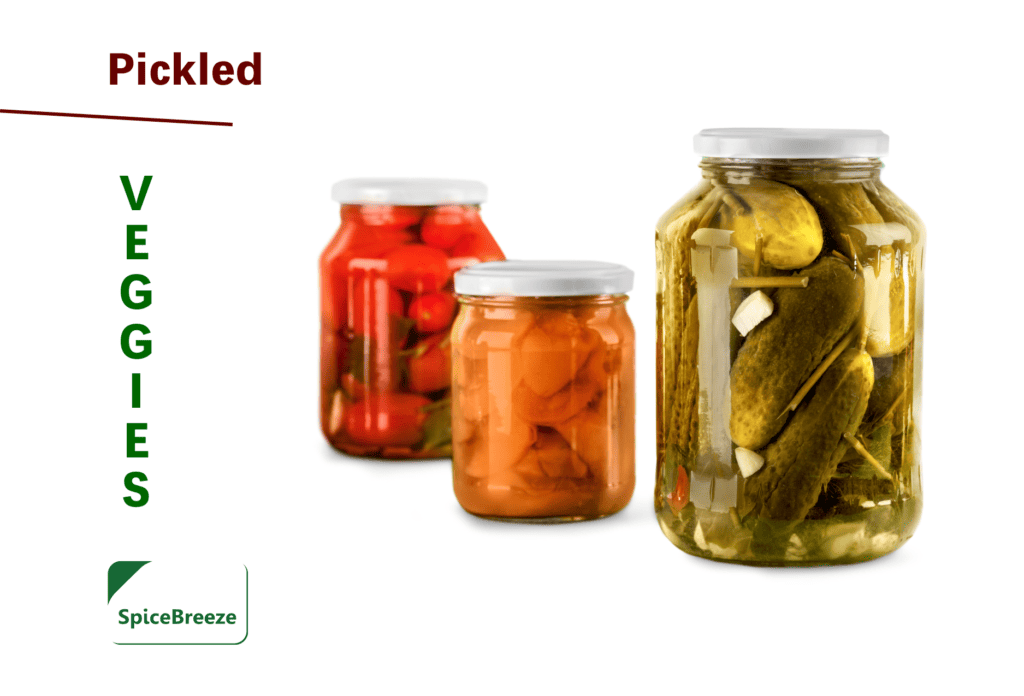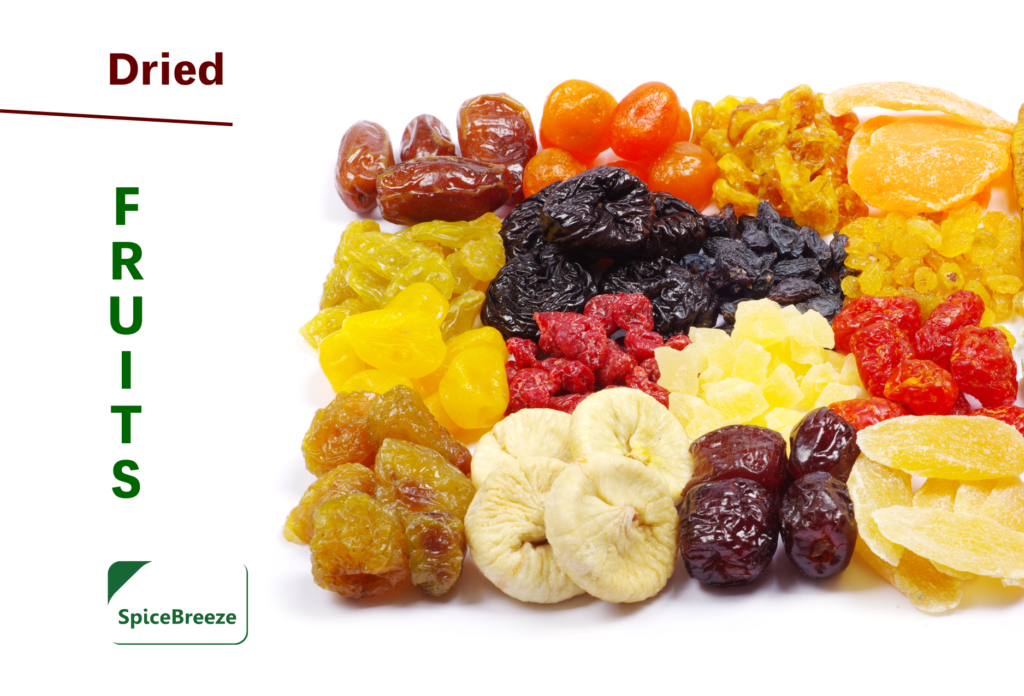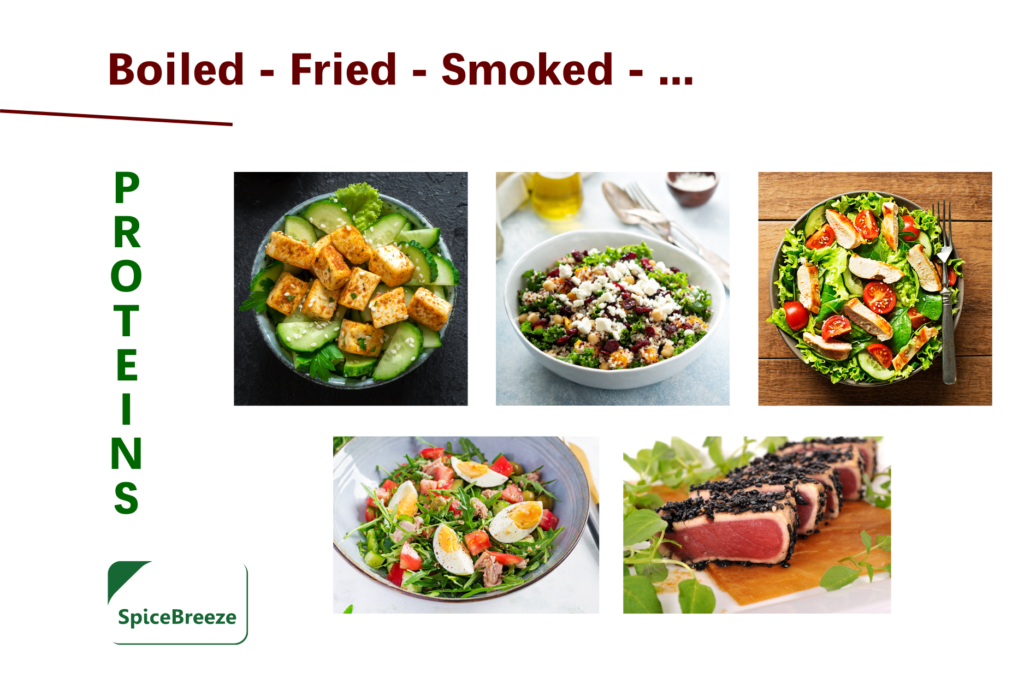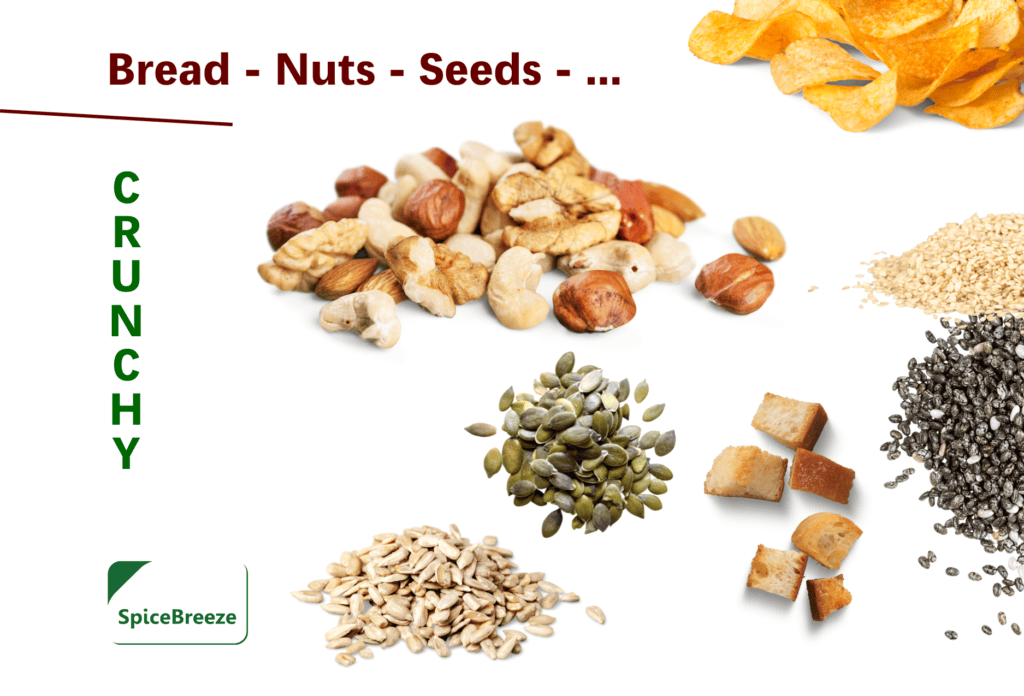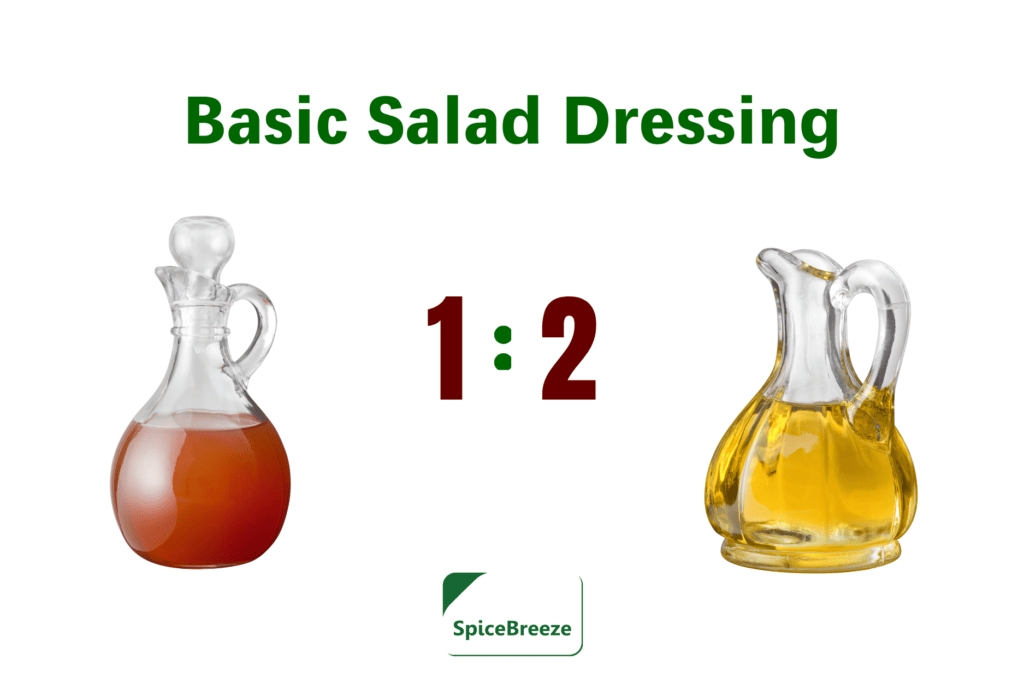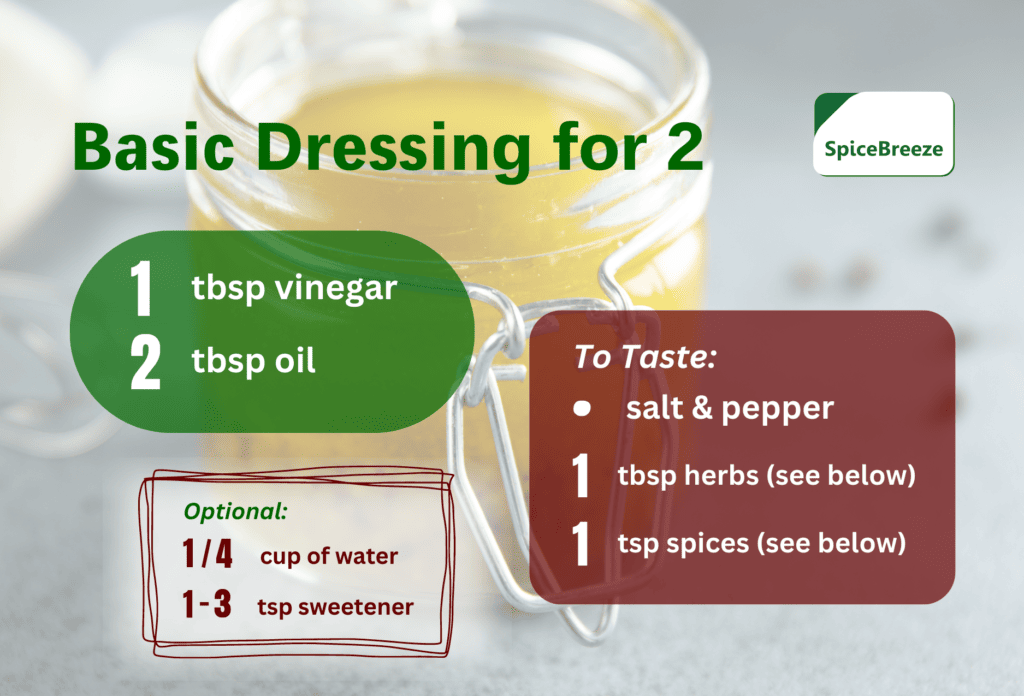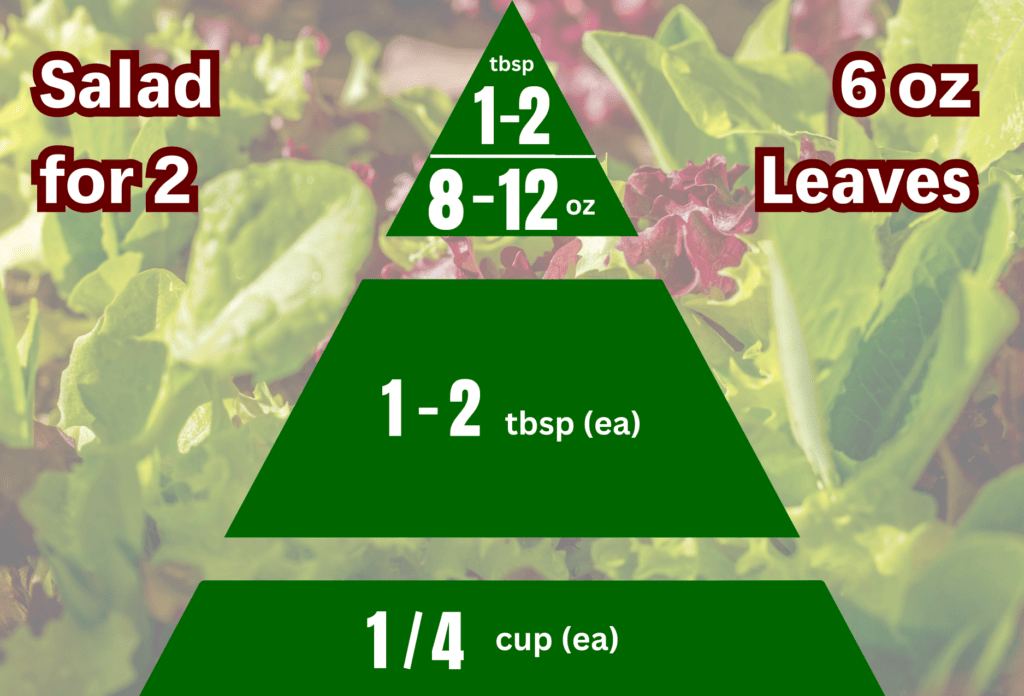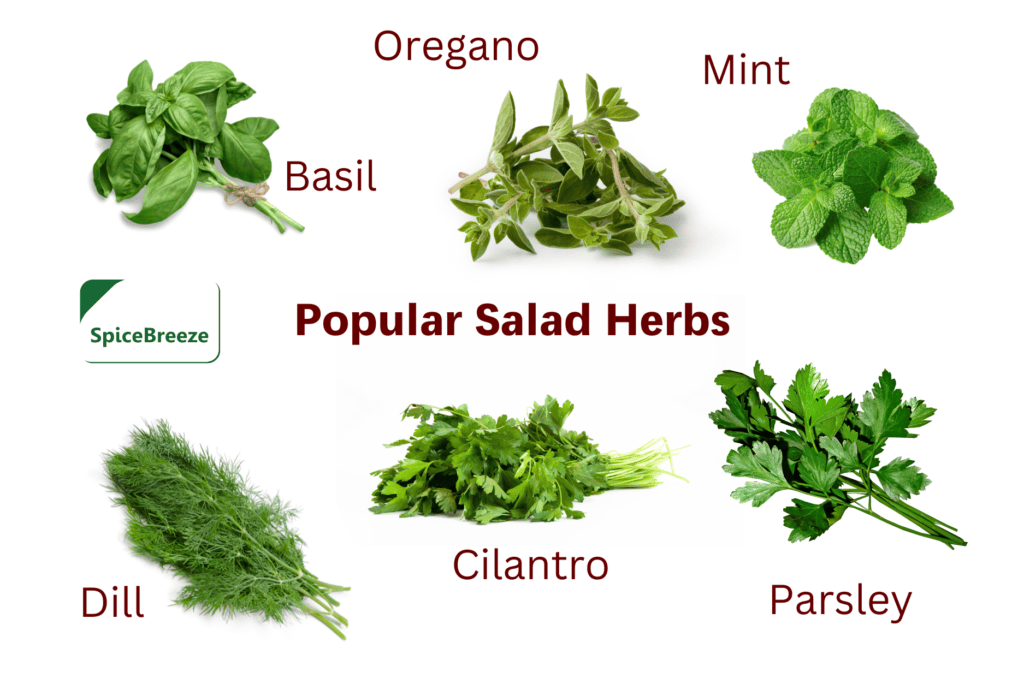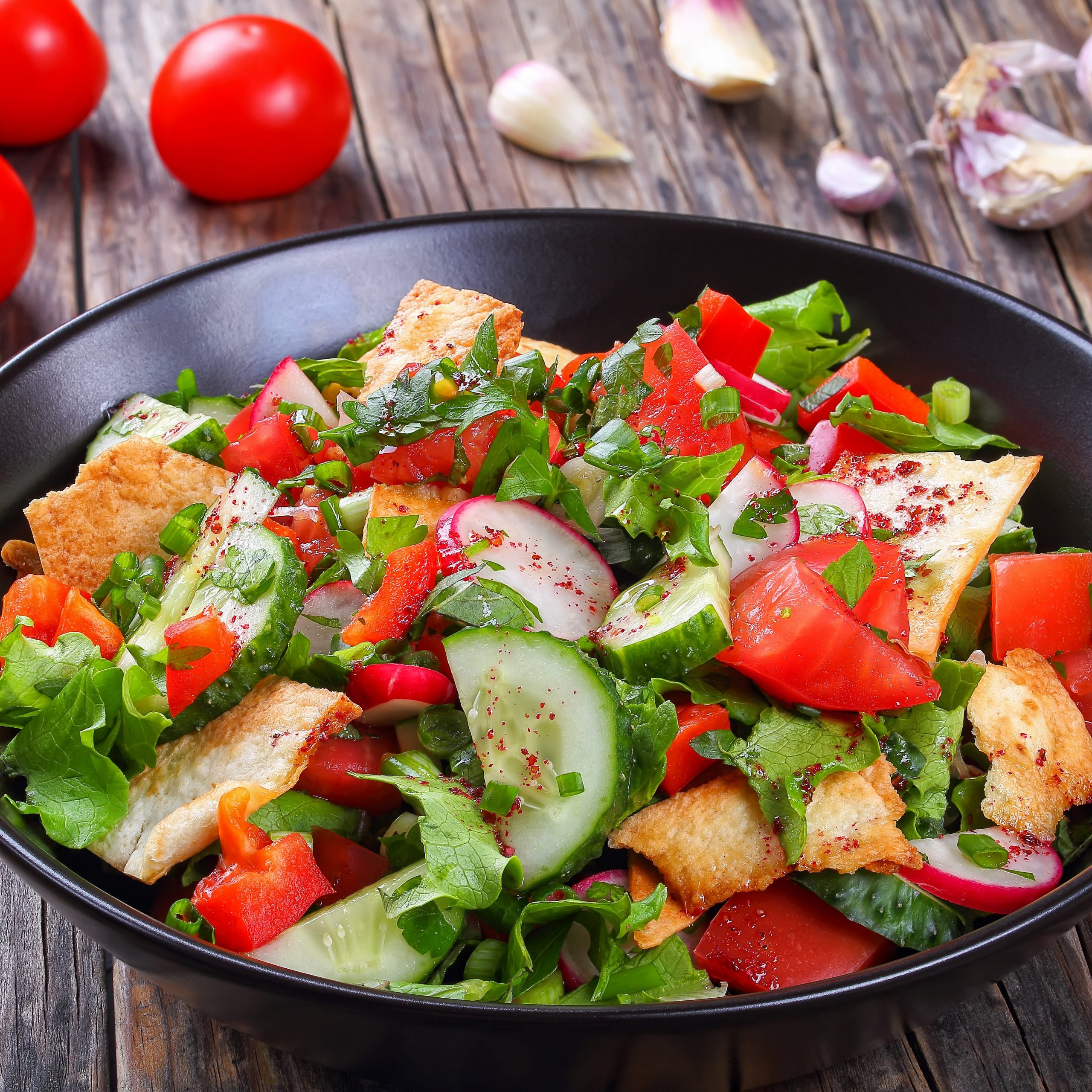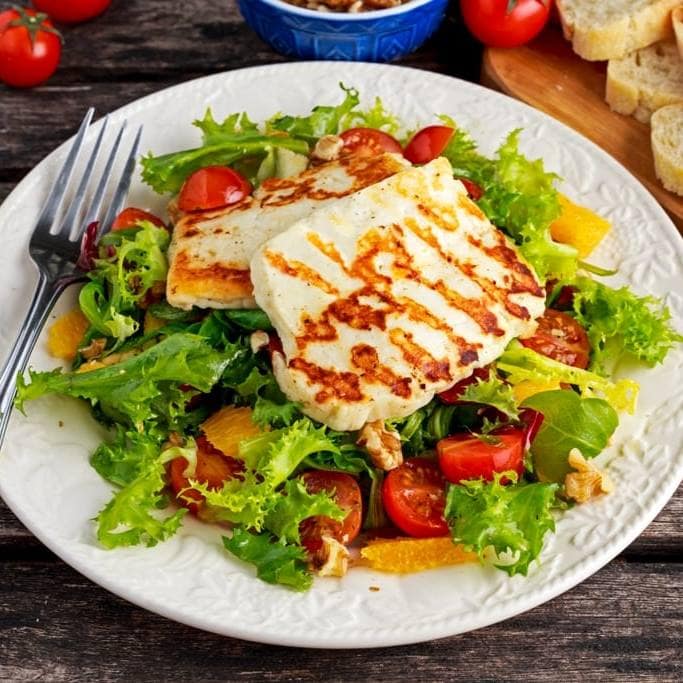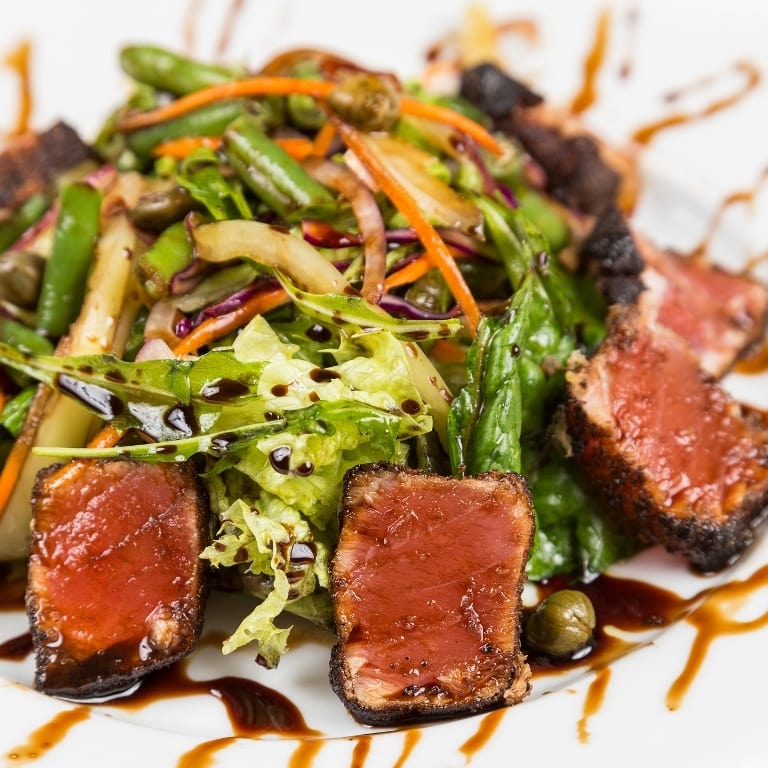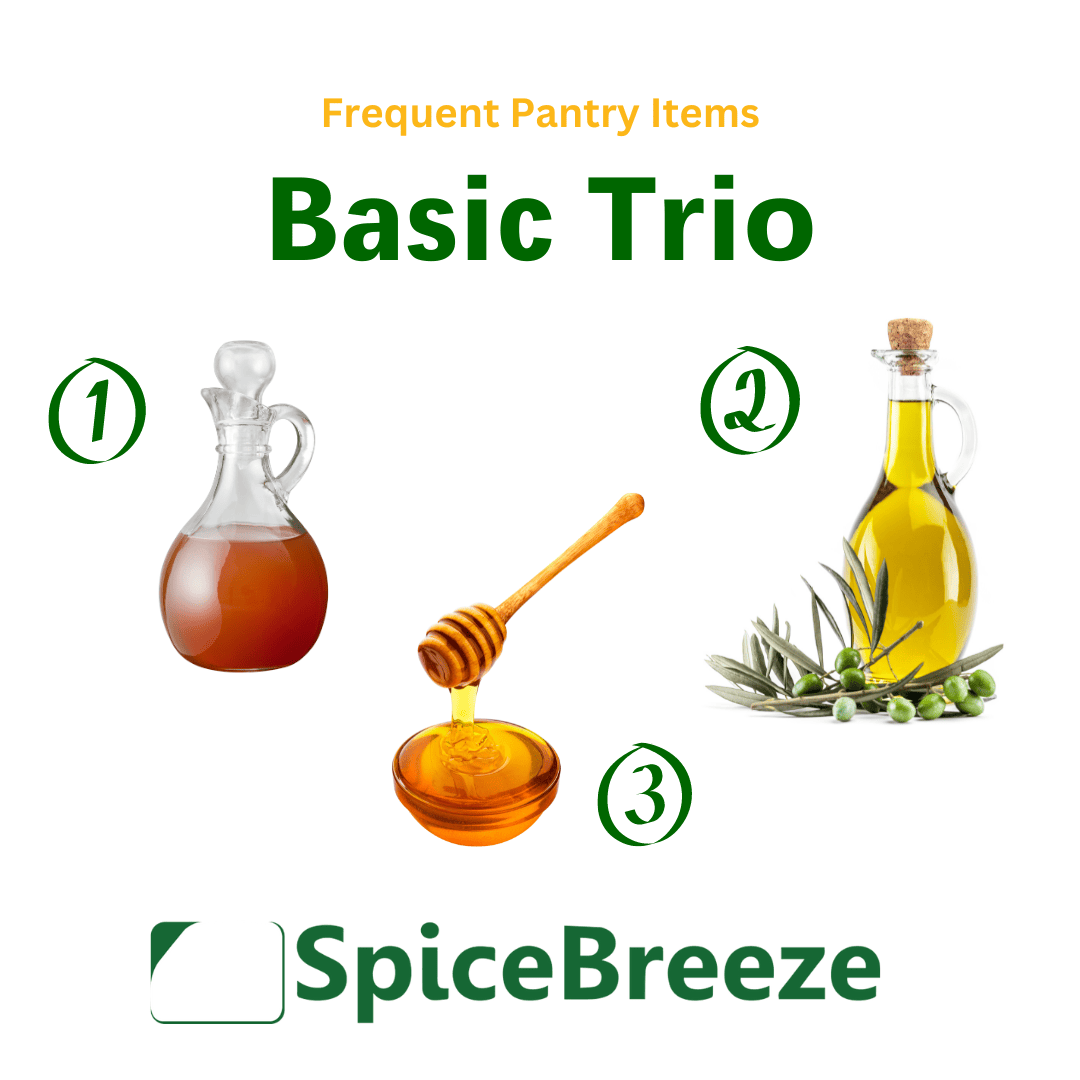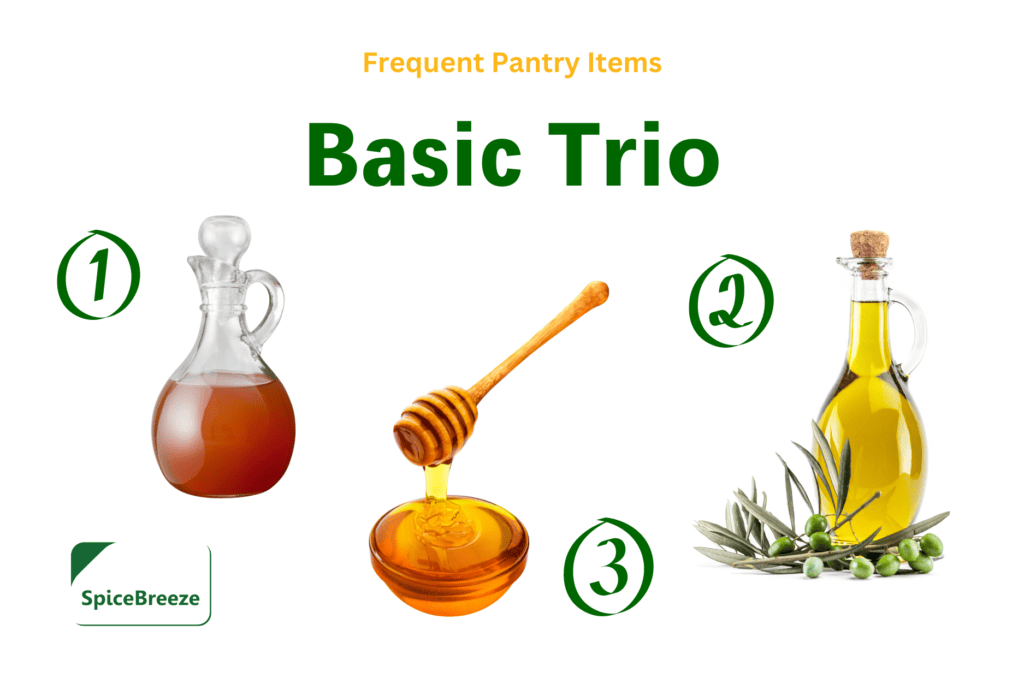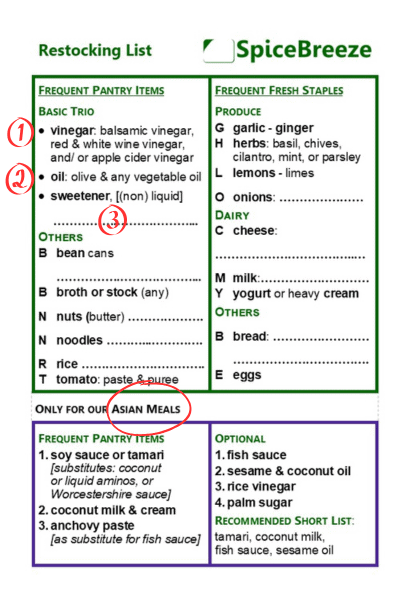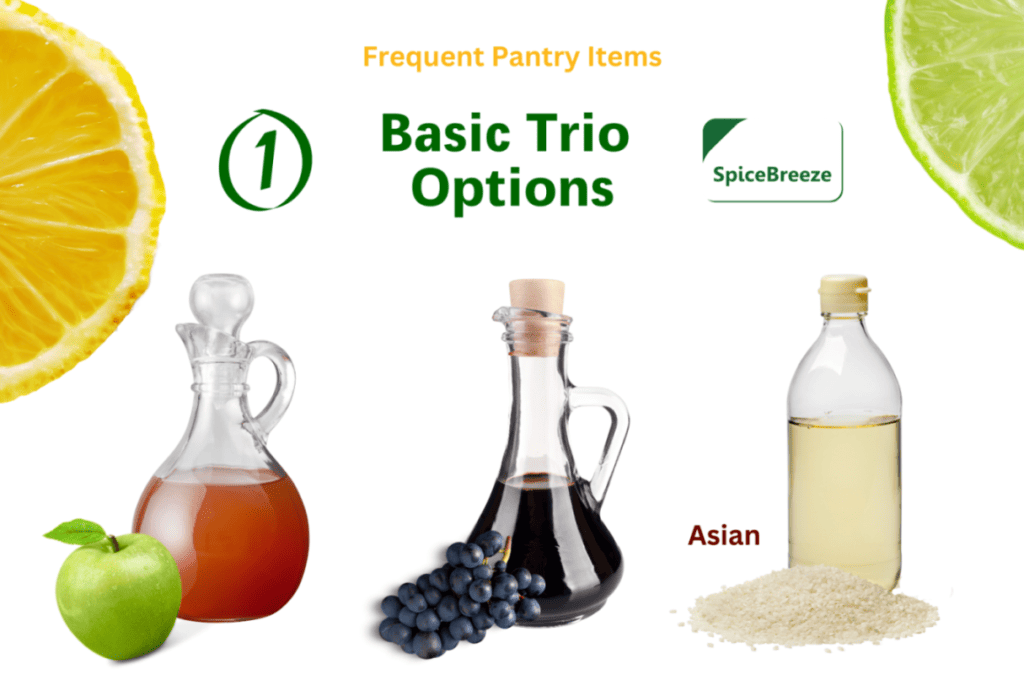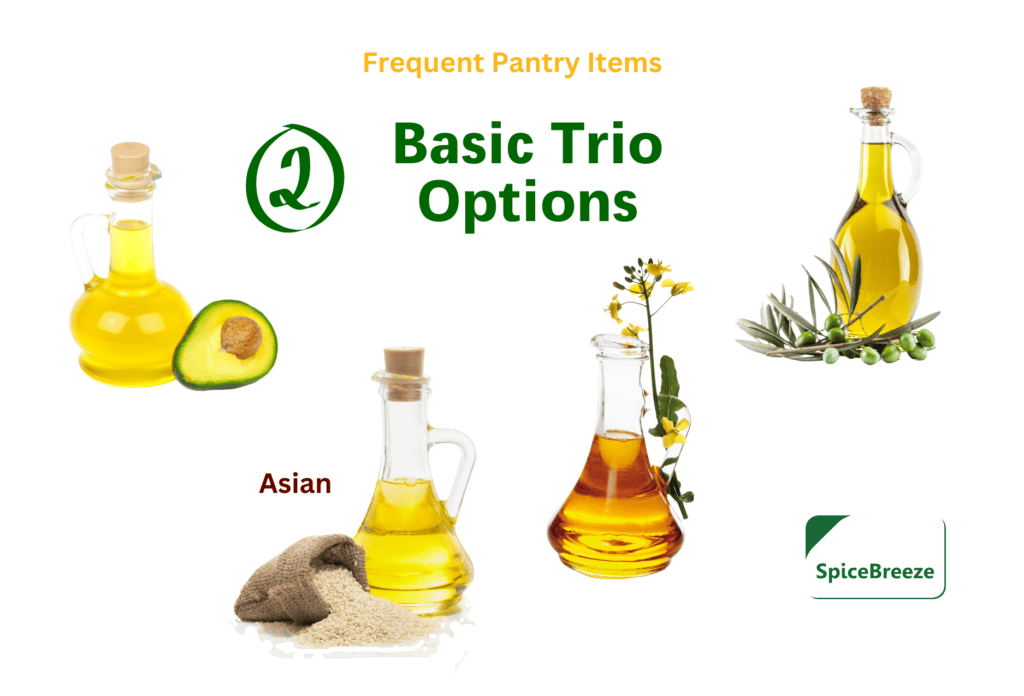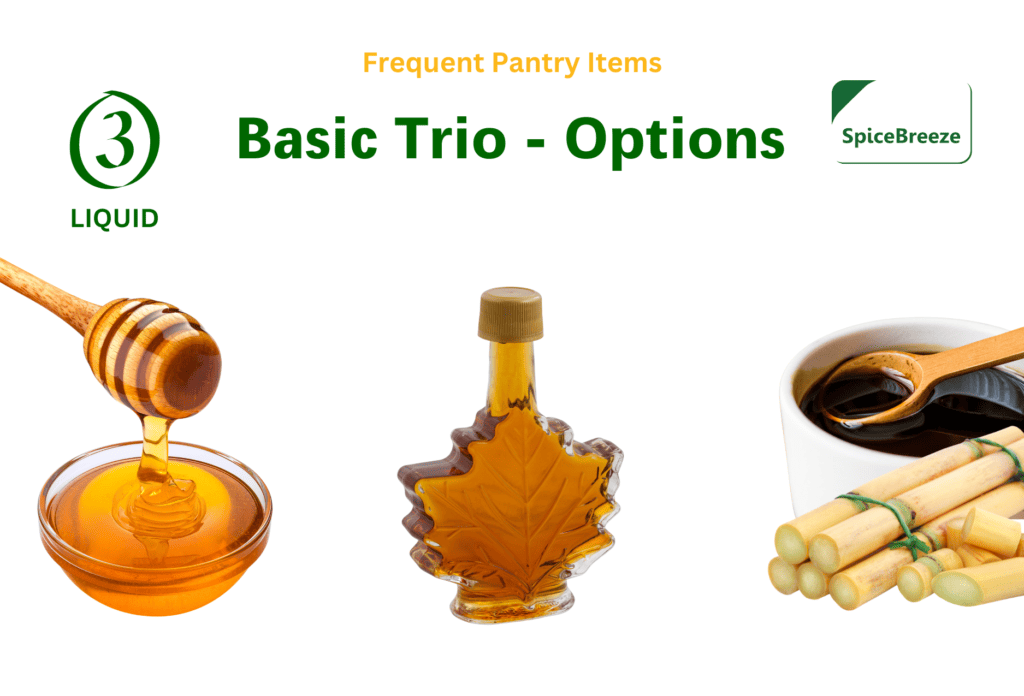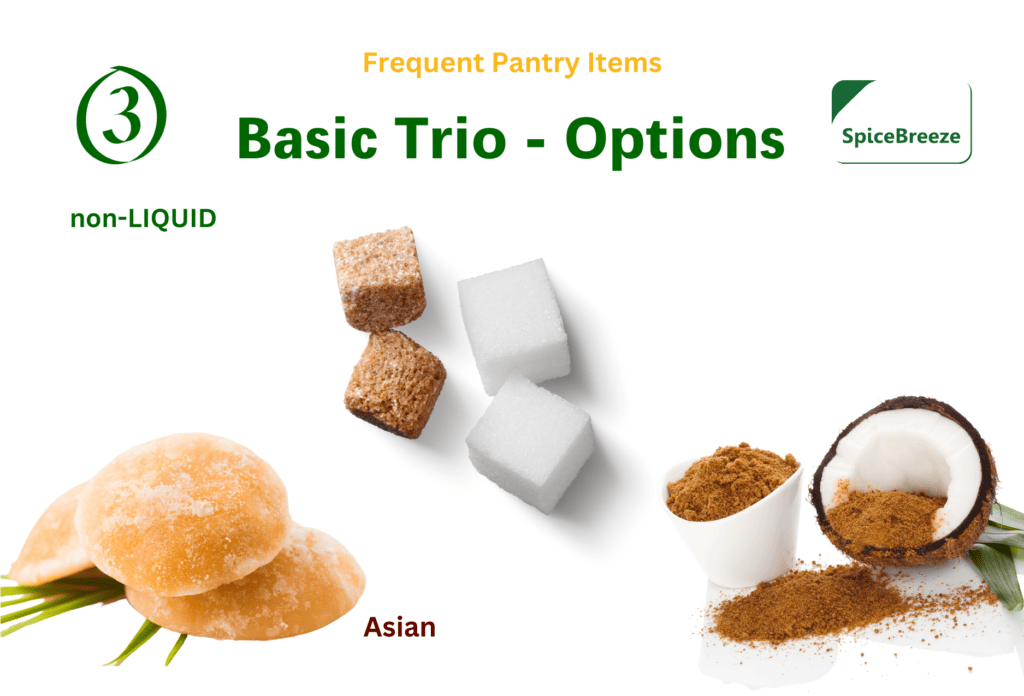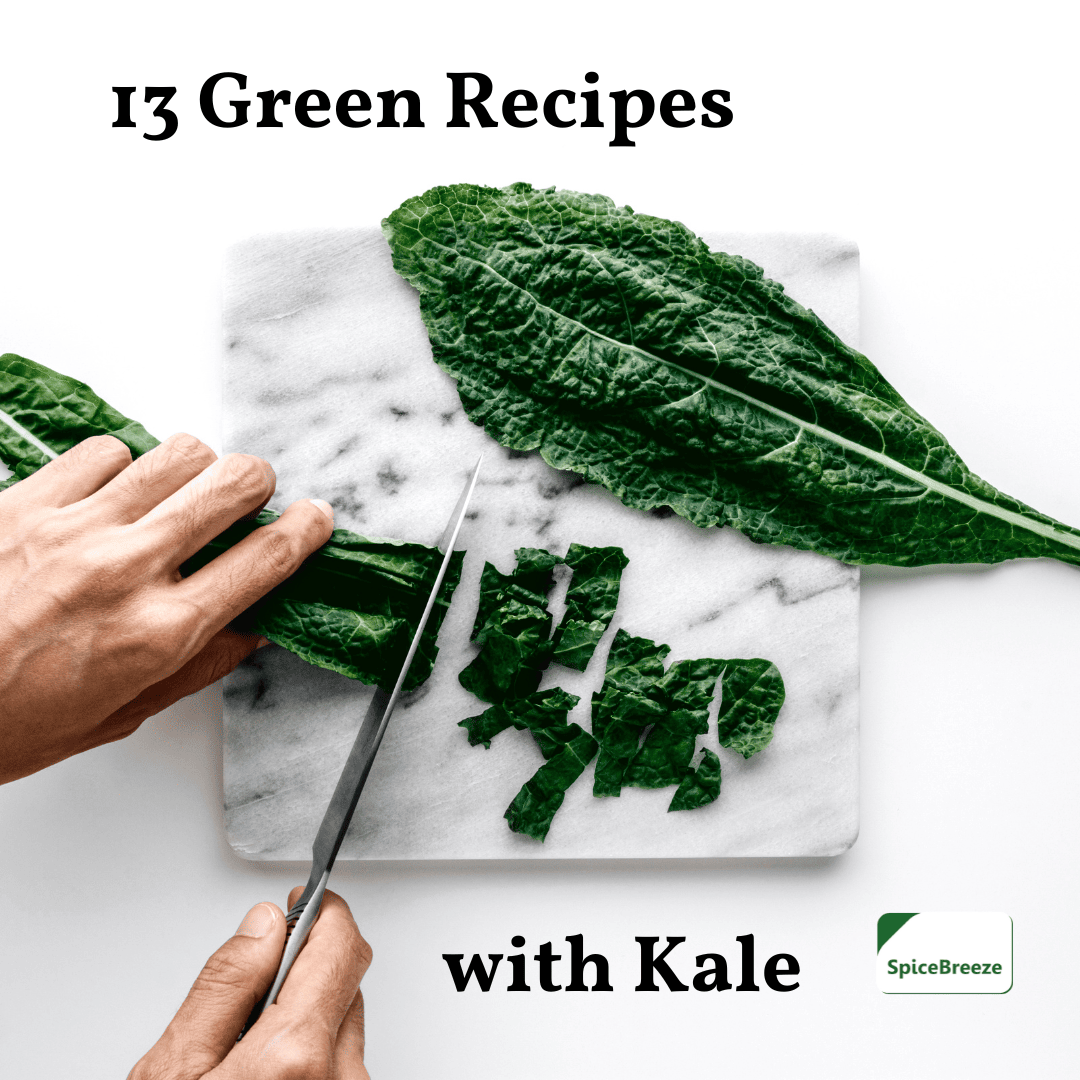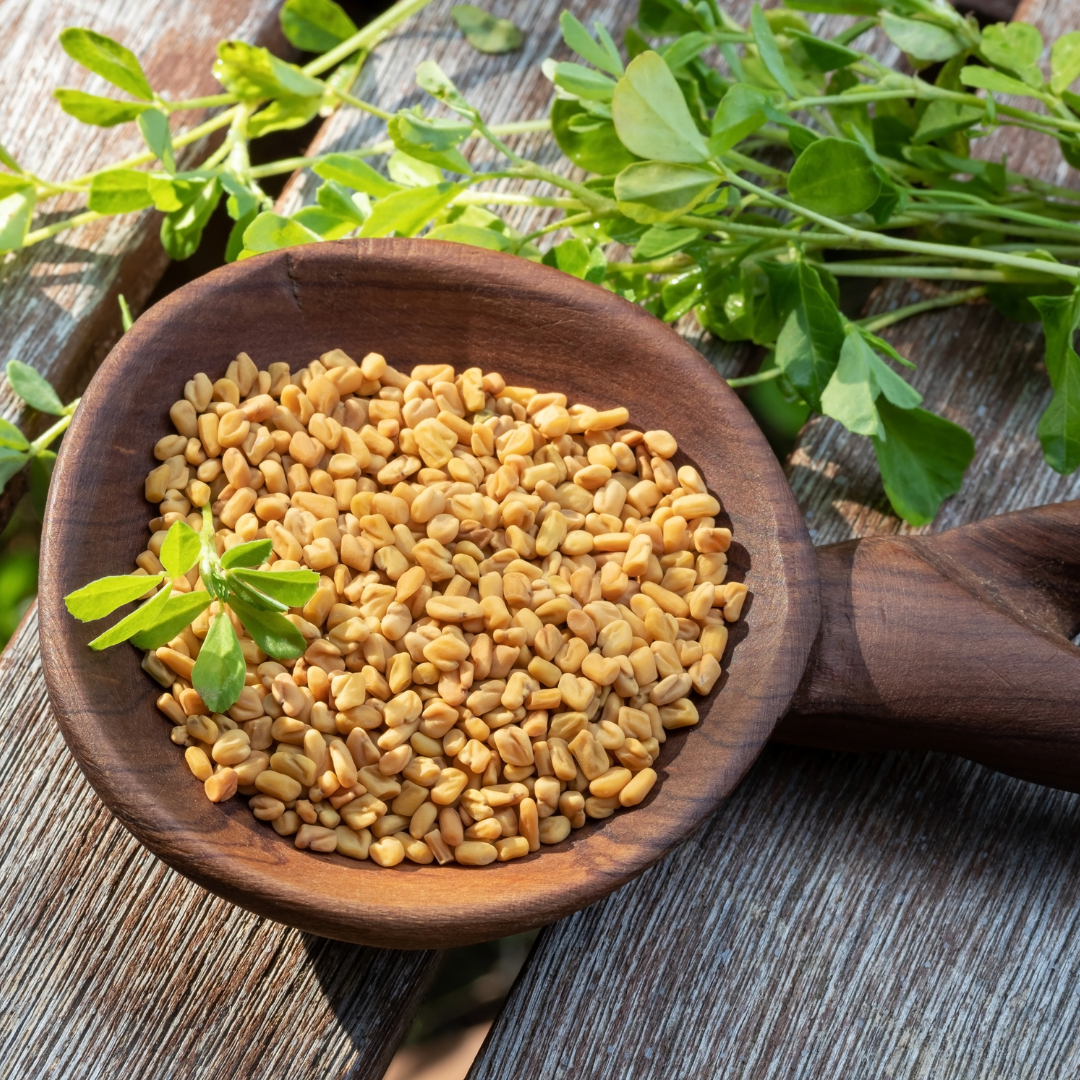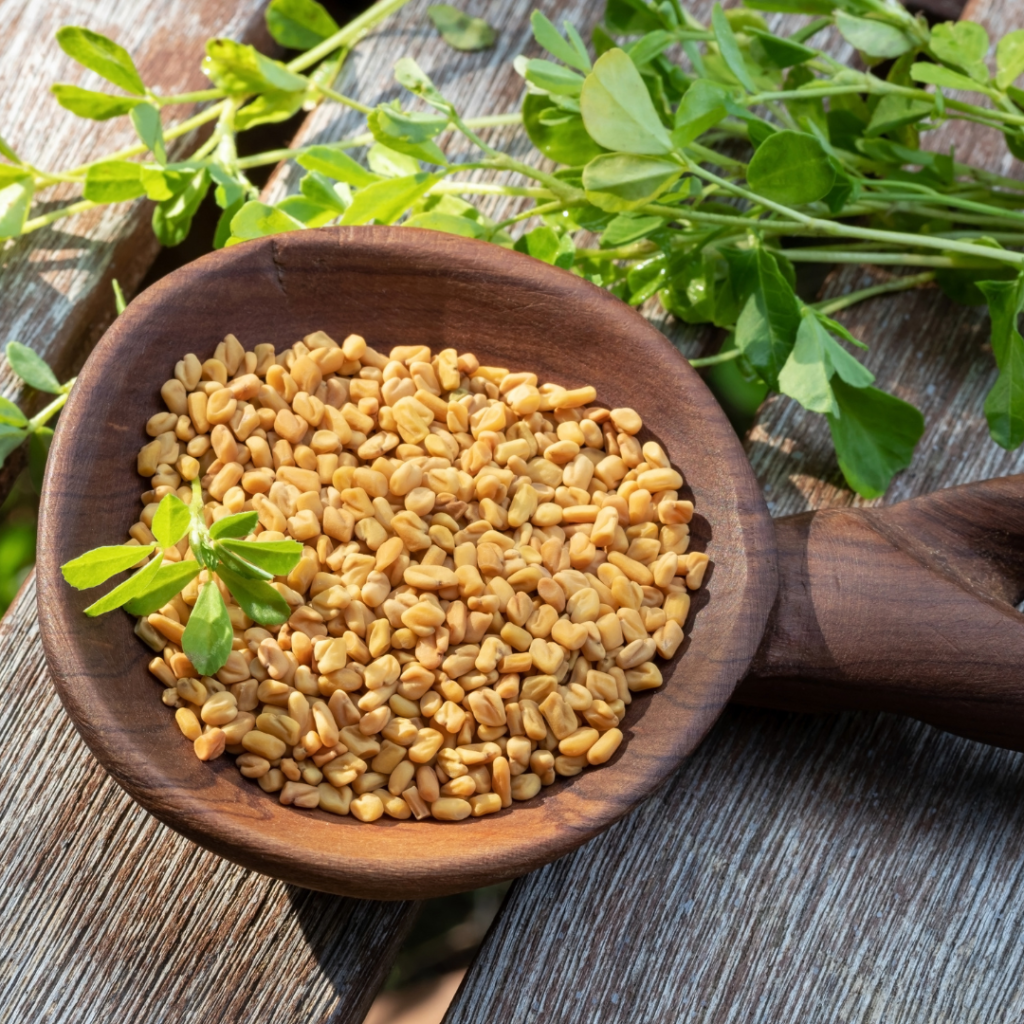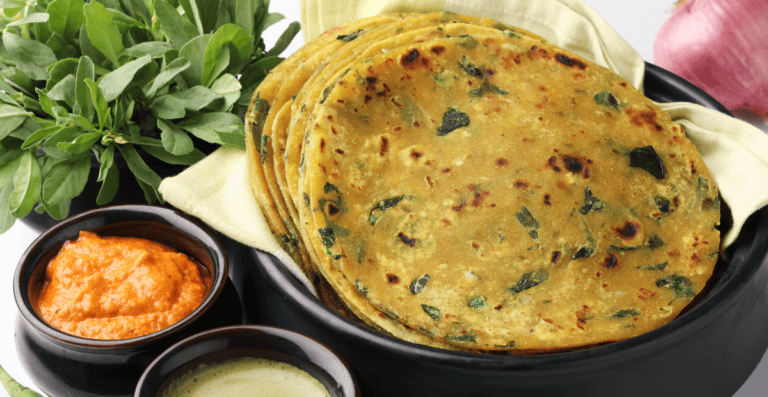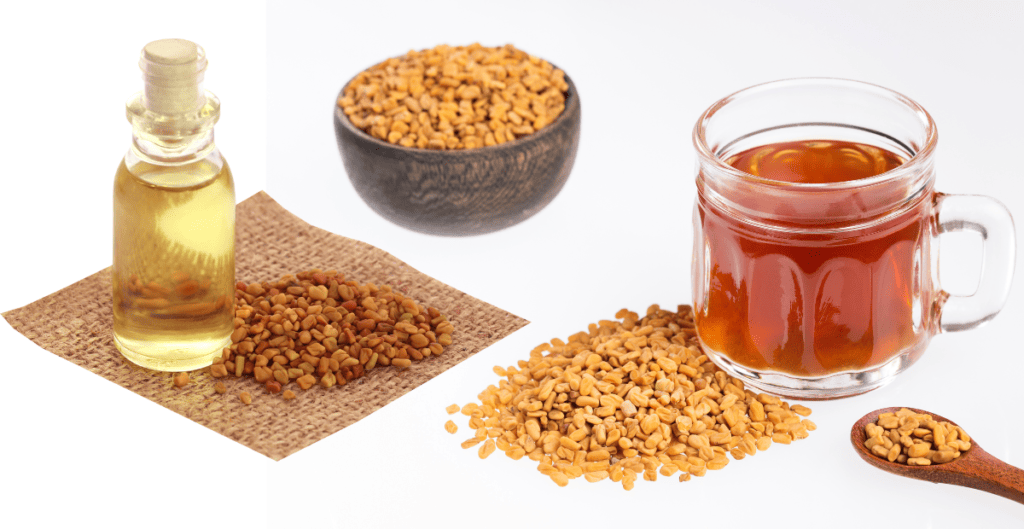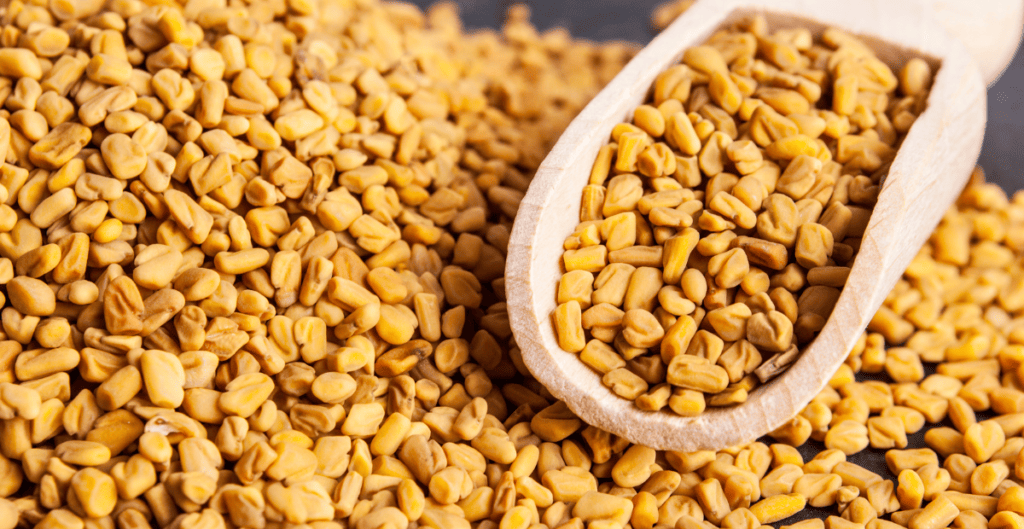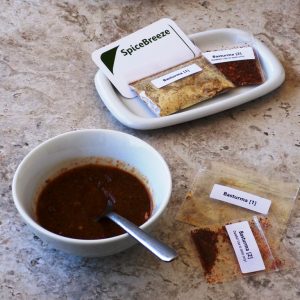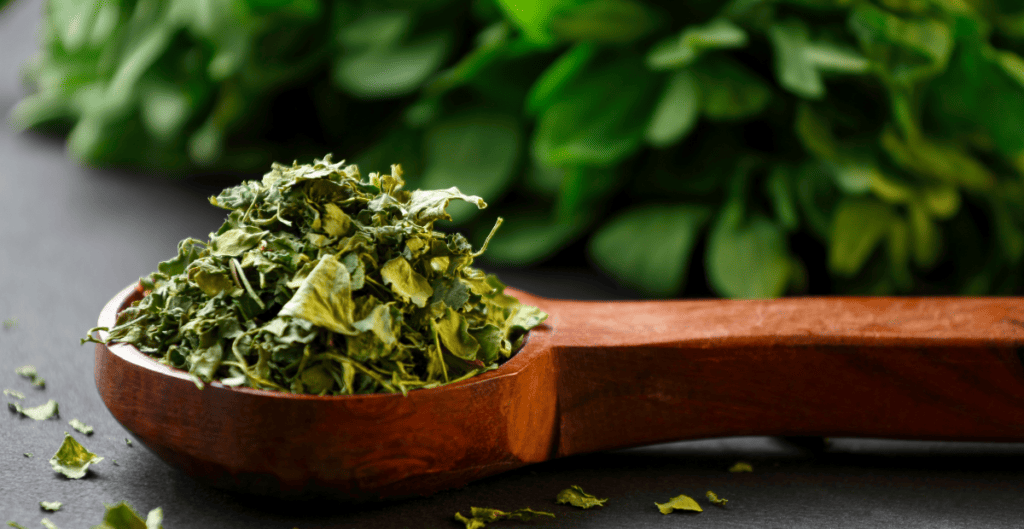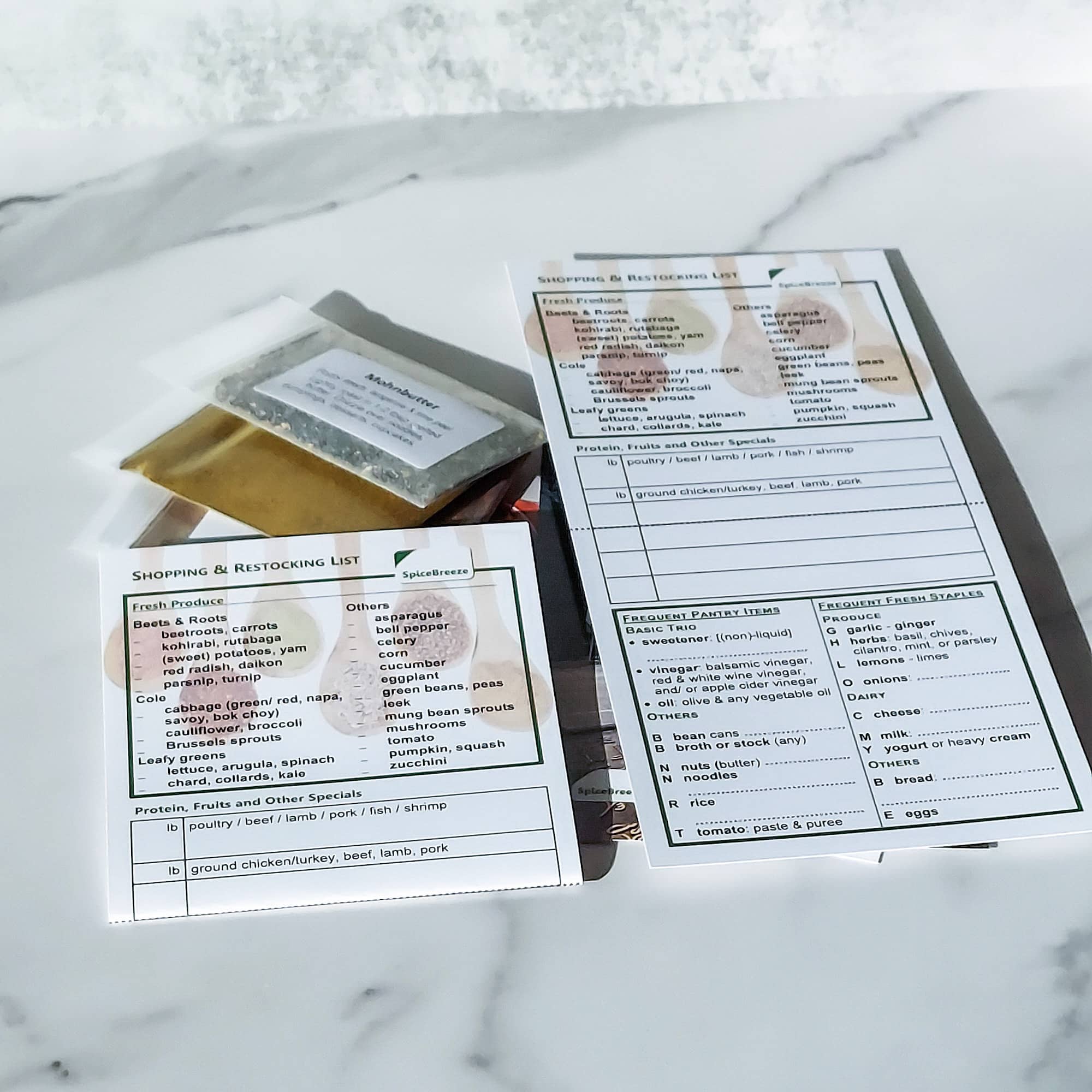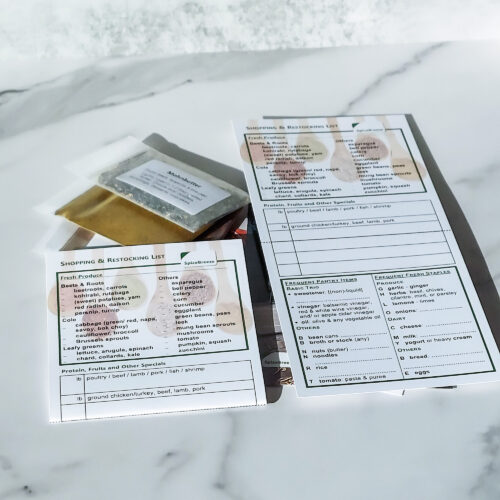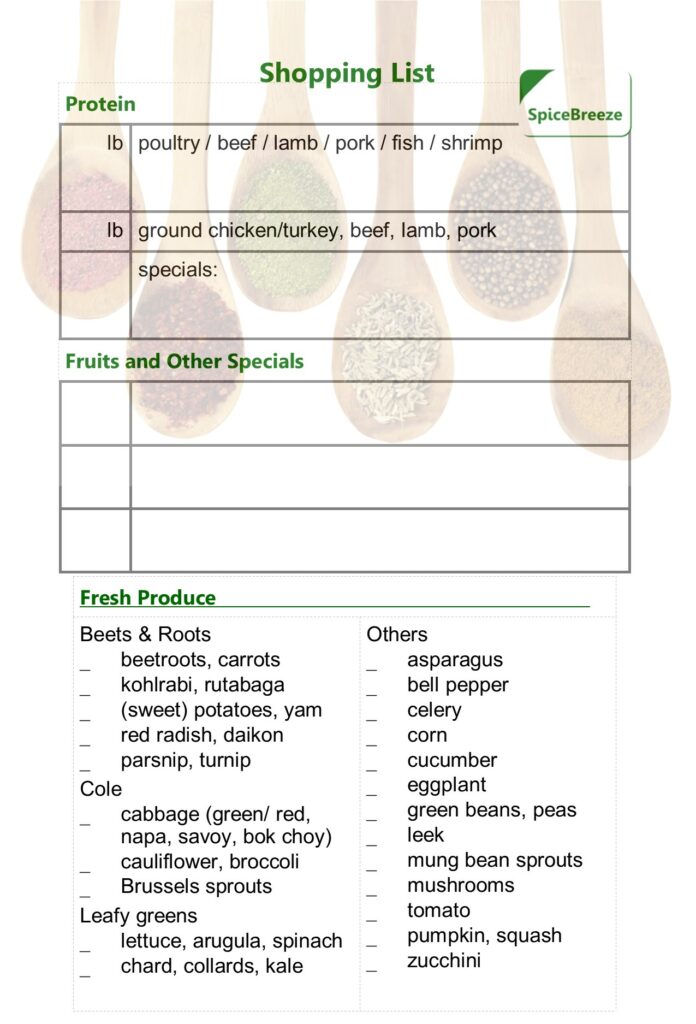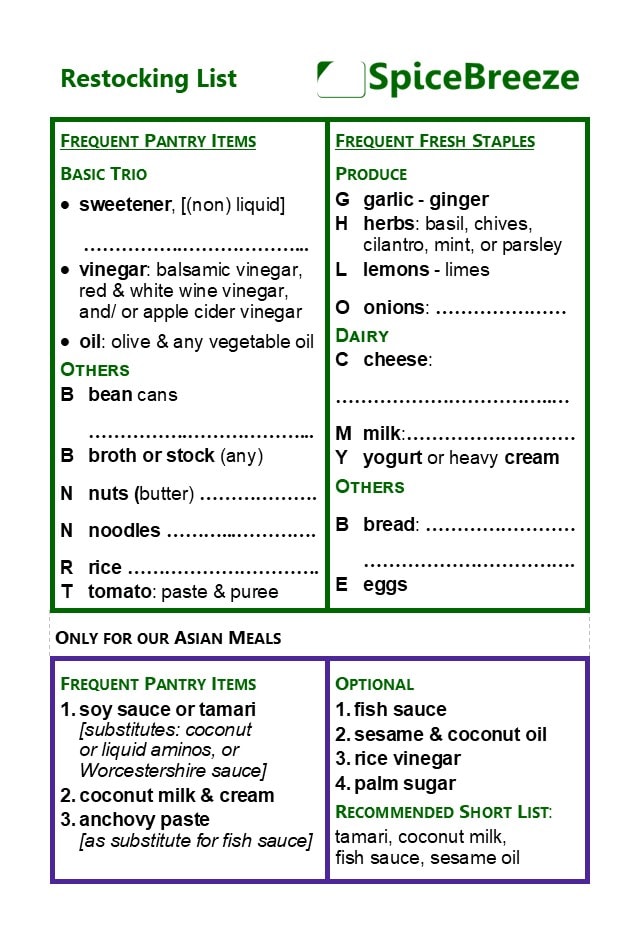Fire Up Your Grill Party
Make your grill parties a smashing success with minimal effort! We’re dedicated to simplifying your cooking process and unleashing your culinary creativity. Our basic marinade recipe is the epitome of simplicity – just mix and match ingredients for endless variety. Grill or fry your marinated meat to perfection. Let this be the start of an unforgettable grill season, and enjoy every moment!
Culinary Building Blocks: Basic Grill Marinade
- In a CUP, add
- spice blend and
- wet ingredients
(see mix & match below).
- Shake well.
- In a CONTAINER or PLASTIC BAG:
- For meat: Coat the meat well with the marinade before grilling.
- For vegetables: Toss the vegetables with the marinade after grilling.
- Let it marinate covered in the fridge for 2 to 24 hours
Mix & Match Your Ingredients
For 1 lb of Meat or Vegetables:
Basic Spice Blend Ingredients
- 1 tbsp (smoked) paprika, ginger, or cumin
- salt & black pepper to taste
Optionally, add one or all of the following:
- 1 tsp herbs (basil, mint, oregano, rosemary, or thyme)
- 1-3 tsp garlic powder (or fresh garlic)
- to taste: chili (flakes), cayenne, or chipotle
Basic Wet Ingredients
- 1 tbsp lemon juice or vinegar
- 2 tbsp oil
For variety, add one or all of the following:
- 1 – 3 tsp sweetener (honey, maple syrup, jam, coconut sugar)
- 1 – 3 tsp soy sauce (or a substitute)
- 1 – 3 tsp mustard
International Marinades
Prepare to be amazed as these international recipes embrace the simplicity of our basic marinade. Its easy-to-remember formula serves as the foundation for an extraordinary array of flavors that cater to diverse palates. The thrilling assortment of dips and sides that accompany these dishes adds an extra culinary dimension.
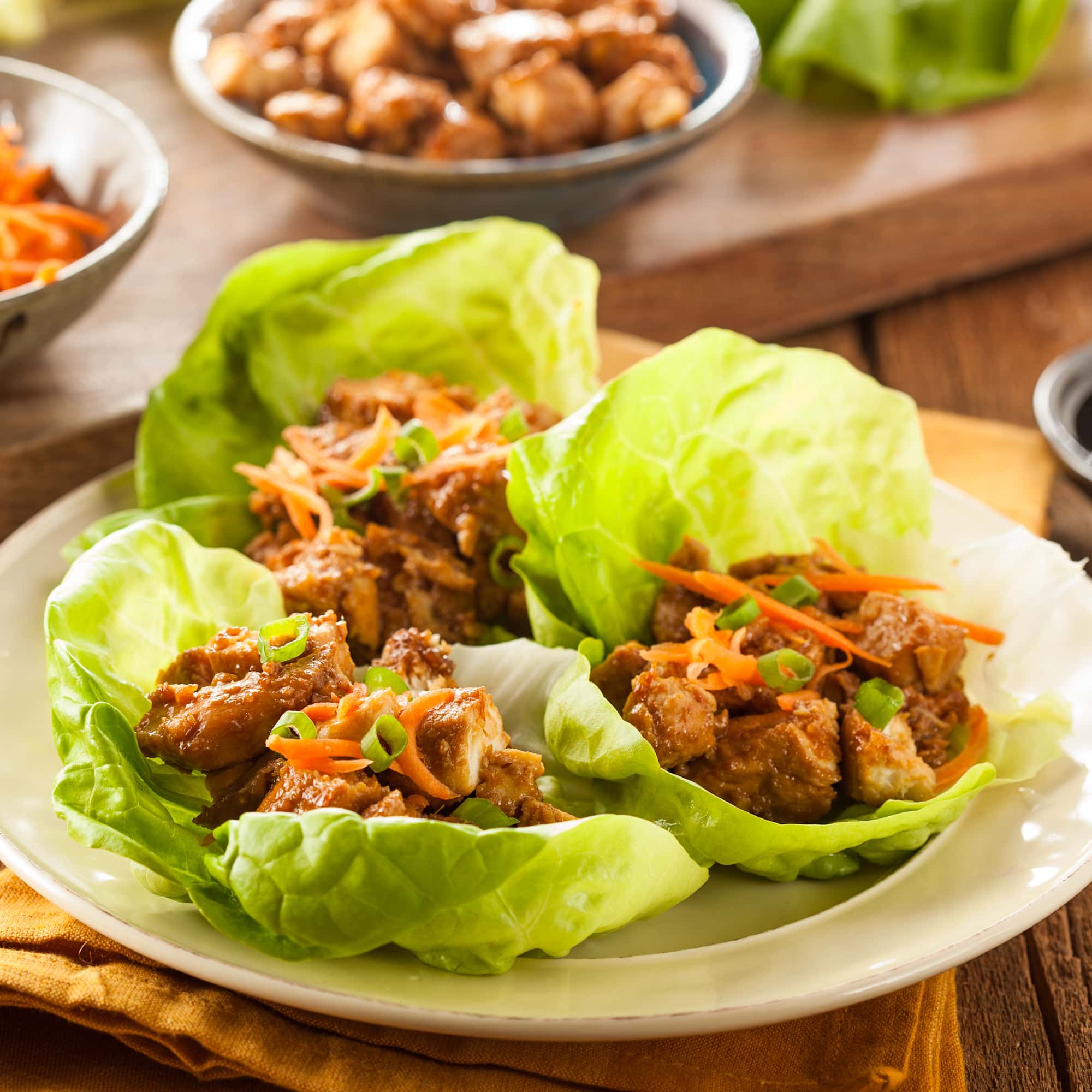
Thai Gai Yang
MIX Gai Yang spices with soy sauce (3 tbsp), and sugar (1) & oil (1).
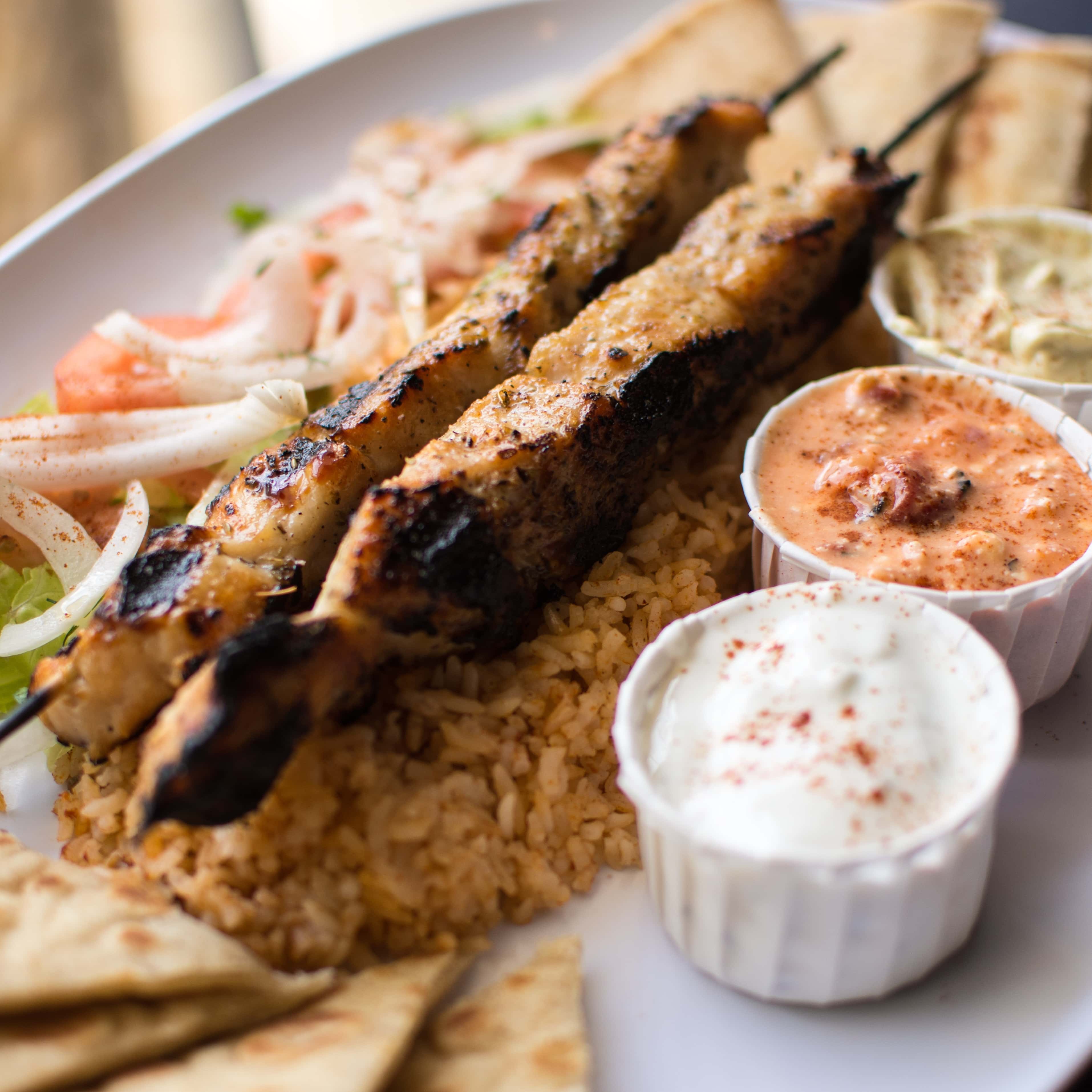
Greek Souvlaki
MIX Souvlaki spices with lemon juice (1 tbsp) and olive oil (2 tbsp).
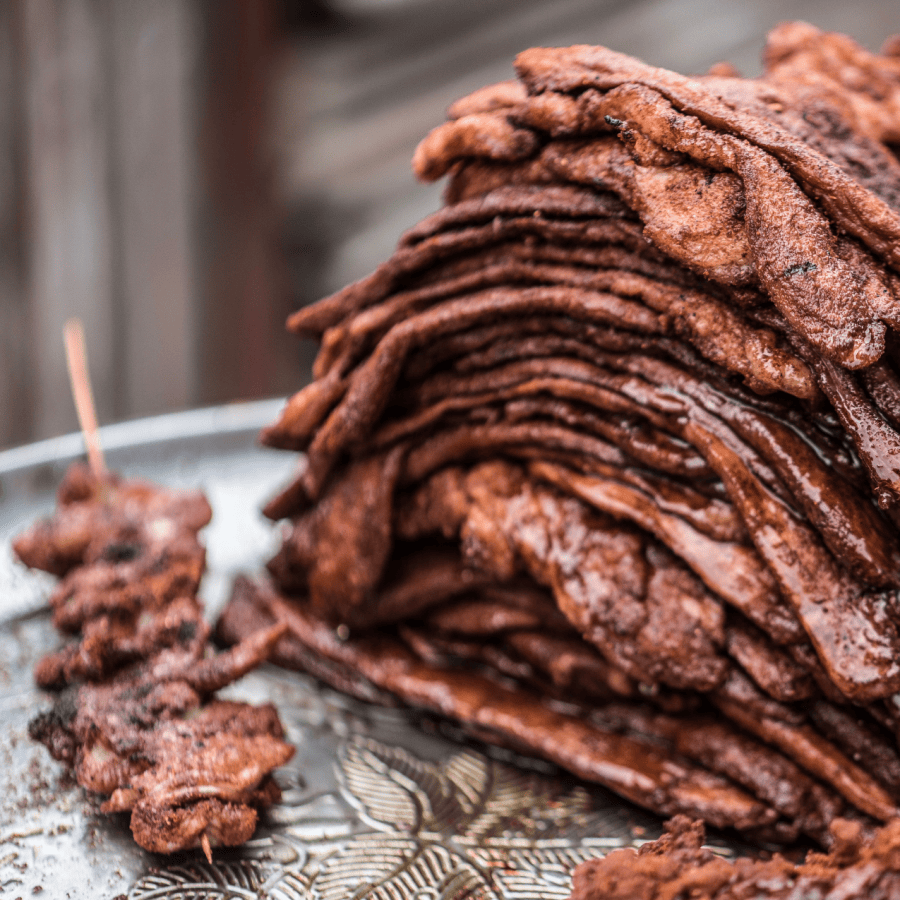
Ghanaian Suya
Optionally, MIX Suya spices with peanuts and chilies. Add oil (2 tbsp).
